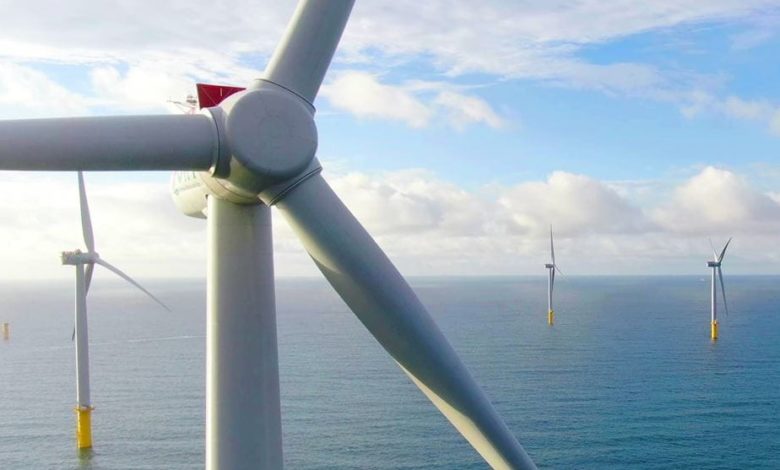Ørsted and Enefit team up on Baltic offshore wind

Danish green energy giant Ørsted has partnered up with one of the leading regional renewable energy providers Enefit to establish a joint venture for the development of offshore wind projects in the Baltic countries.
A memorandum of understanding (MoU), signed today, aims at delivering the first offshore wind farm in the Gulf of Riga in the Baltic Sea, before 2030.
This includes the Liivi offshore wind project in the Estonian part of the Gulf of Riga and a project in Latvian waters next to the Liivi site.
Through these sites, the partnership aims to pursue a cross-border hybrid solution, which will connect an offshore wind farm to both Latvia and Estonia and enable the utilisation of the offshore wind transmission cables as an interconnector between the two countries.

Rasmus Errboe, head of region continental Europe at Ørsted, said: “The Baltic Sea area is becoming a centre for offshore wind build-out which will contribute significantly to the decarbonisation efforts of both the region and the European economy. The Baltic countries can to a large extend be powered by renewable energy from offshore wind, and we look forward to team up with Enefit to realise this potential.”
Hando Sutter, chairman of the management board of Enefit, stated: “We have been preparing an offshore wind farm in the Gulf of Riga for more than 10 years, which has given us a good knowledge of the local offshore wind conditions and makes this collaboration well positioned to deliver on the ambitious 2030 targets for Estonia and the Baltic countries.”
Offshore wind offers a clear green path forward when Estonia and Latvia desynchronise from the Russian grid, and Estonia looks to phase out shale oil as part of its decarbonisation efforts.
In addition to the cooperation within Estonian and Latvian governments developing offshore wind, the EU’s offshore renewable energy strategy proposes to increase Europe’s offshore wind generation capacity from the current 12 GW to at least 60 GW by 2030 and to 300 GW by 2050.
Ørsted said that the Baltic Sea can make a contribution to this target with a potential above 90 GW. In 2020, the EU member states around the Baltic Sea signed the Baltic Sea Offshore Wind Declaration to accelerate the build-out of offshore wind in the Baltic Sea to reach both national and international climate targets.
